How to Use Bronzer and Contour to Sculpt Your Face Like a Pro



Dahvi Shira


The great thing about beauty is there’s a product, solution, and makeup technique for everyone. There’s a different foundation formula for every skin type, a nude lipstick for every skin tone, and a mascara for every lash look. One downside to all this variety? Sometimes there are products that are similar, but not exactly the same. Case in point: bronzer vs. contour.
With so much makeup advice coming from TikTok content creators, MUAs, and more, the difference between bronzer and contour has started to get a little, dare we say, muddy. If you’ve become confused about which does what, don’t worry—we’ve got y0ou. Read on to get an expert-backed breakdown on the key differences between the two products, our top product picks, and how-to makeup tutorials. We’ll help you incorporate everything from contour sticks to bronzing powders and more into your makeup look for the glowy, sculpted bone structure of your dreams, no harsh lines in sight.


It's about glam time you treated yourself.
MEET THE EXPERT
Emily Gray is a celebrity makeup artist based in Nashville.
Tamara Boyd is a pro MUA and Black Radiance brand ambassador.
Beth Follert is a Los Angeles-based makeup artist who has spent the last 15 years creating makeup looks for television, video, print, commercial, e-commerce, weddings, and the red carpet. See more of her work on her Instagram @bethfollertmakeup.
What Is Bronzer?
Bronzer comes in an array of what we would call beautiful browns and beiges. Sometimes in a matte formula, a cream, or infused with shimmer, bronzer “adds warmth to the face and mimics how the sun would naturally tan you,” says celebrity makeup artist Emily Gray.
The pro aims for a natural finish when she does day-to-day makeup, but turns to matte for red carpet makeup. “Matte is better with bright lights, however, it's truly all about preference,” she says. When we want to emulate that sun-kissed glow year-round, we always apply bronzer to the cheekbones, forehead, and jawline (basically, where we’d naturally attract sun during the summer).
What Is Contour?
Contour shades don’t offer those deep, rich, beautiful tones that bronzers do. Unlike with bronzer, we wouldn’t wear a contour shade on its own. “It’s a shading product that helps mimic shadows on the face,” Gray explains. “I use contour to create dimension and sculpt the face. I use a lot of cream products for contour.”
While Gray opts for cream, matte is also an option. Cream is known to blend more easily, but again, it’s about preference and skin type. Regardless of the finish we choose, we always apply contour to the hollows of the cheeks, jawline, and nose.
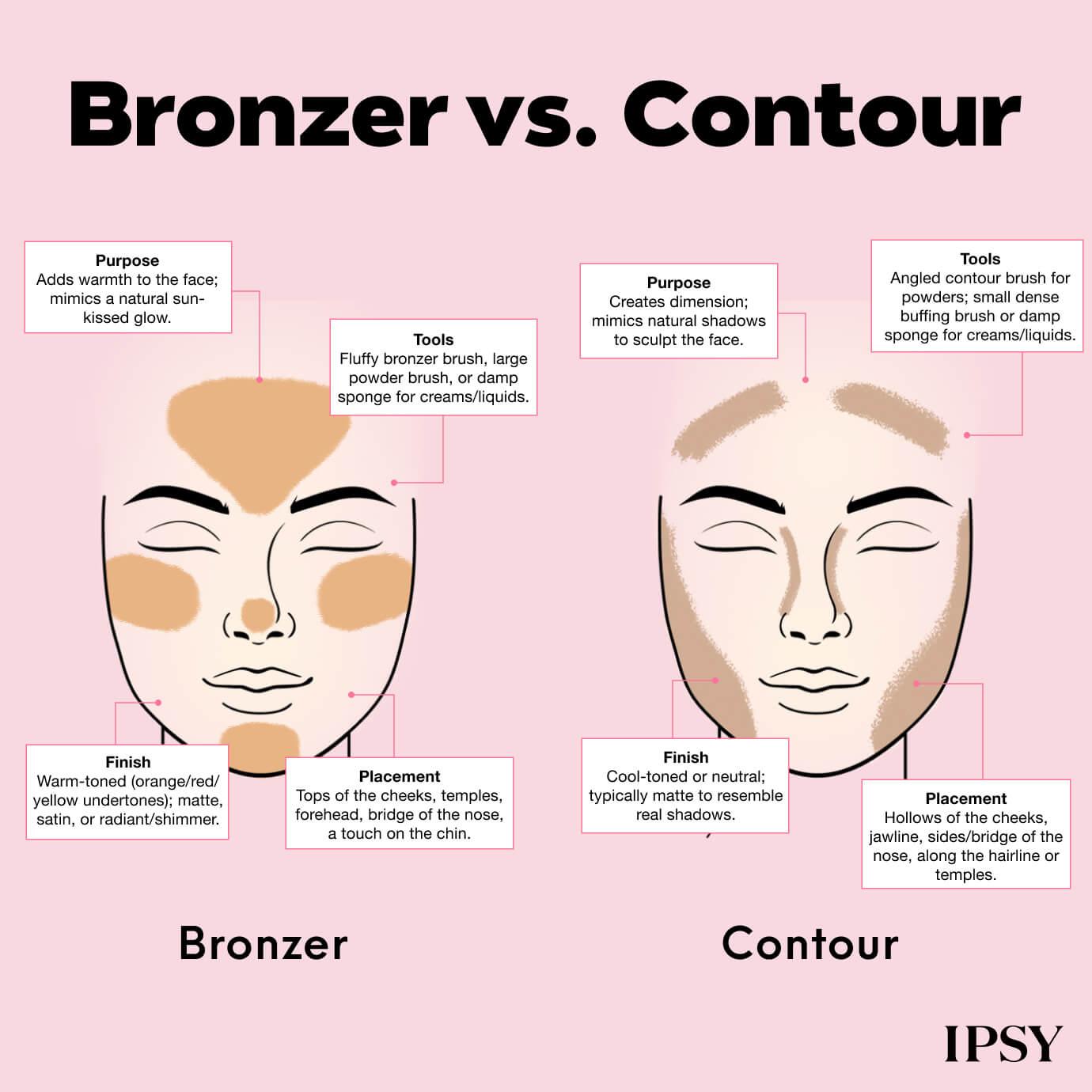
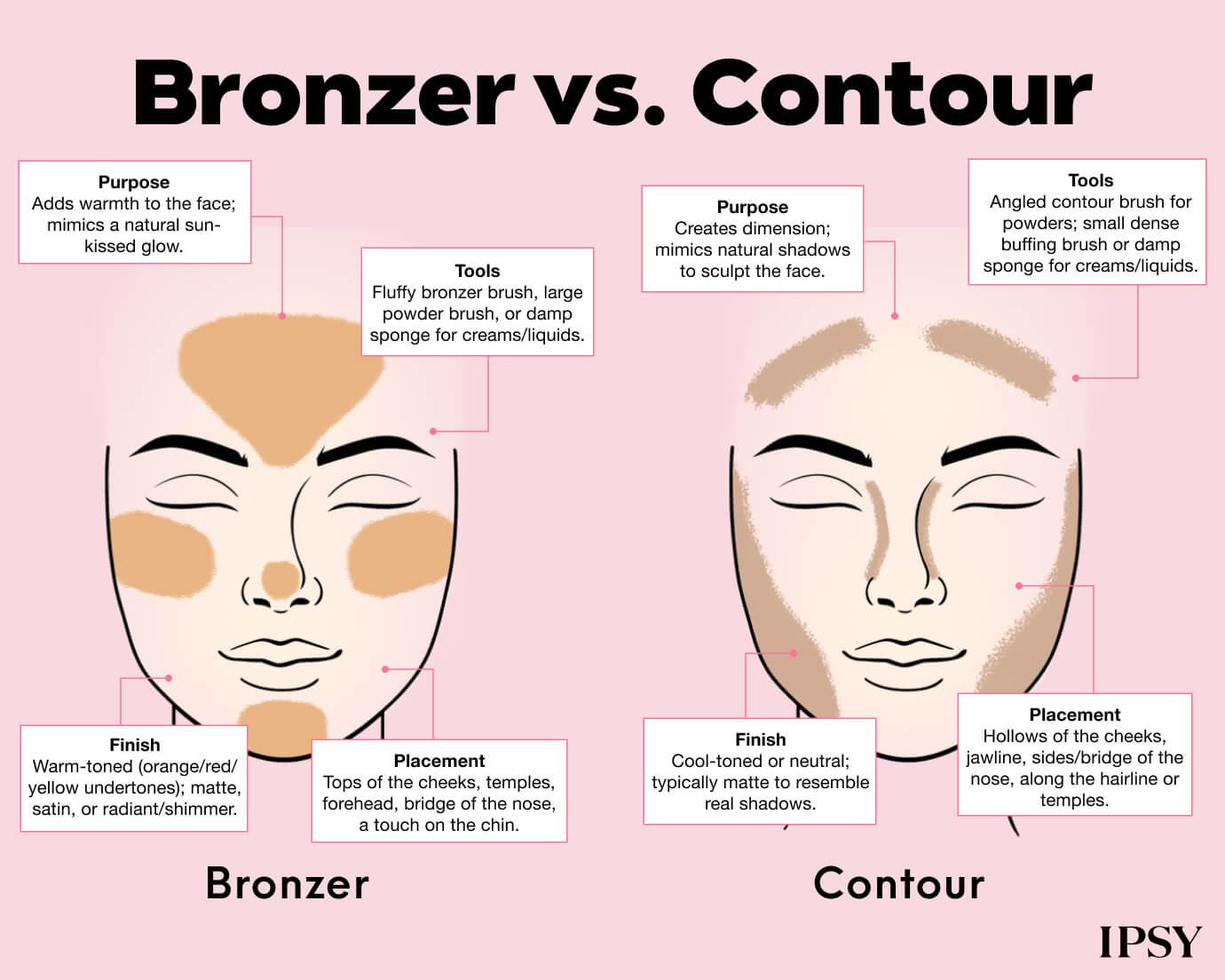
Bronzer vs. Contour: What's the Difference?
The primary difference between bronzer and contour is that bronzer is usually used to add warmth to the face, while contour "adds dimension and shadow," explains makeup artist Beth Follert. It’s helpful to think of contouring and bronzing in a sort of Venn diagram format—they have a few commonalities, as both can come in liquid, cream, or powder form, and they can also add depth to the face, but in different ways.
Bronzing typically adds color in places where the sun would naturally hit. If you want to look like you just returned from a tropical getaway, bronzing is the move. On the other hand, contouring is applied strategically in certain areas to sculpt and create the illusion of shadows and a more defined face shape. For example, contouring can create a sharper jawline, a narrower-looking nose, or more prominent cheekbones.
Contouring and bronzing also differ in color and finish. Bronzer can sometimes have warmer undertones like orange, red, and yellow, and often has a radiant finish. Contouring is more neutral or cool-toned, and generally has a matte finish.
That being said, bronzer can also double as contour. "I mostly only use bronzer as contour," says Follert. "I like to use it to add warmth to the skin while also sculpting and shaping. Just a little bronzer applied with a soft full brush can create a beautiful sun-kissed effect." When she does use bronzer to sculpt, Follert says she typically uses a cream-based bronzer as it provides a more seamless and natural-looking contour.
How to Use Bronzer and Contour Together
1. Find Your Formula and the Right Tools
Exactly where you apply contour will vary based on your face shape and what effect you’re going for. For a basic contour application, you’ll need to find a contour shade that’s about two shades deeper than your natural skin tone. If you’re using a contour powder, you'll want to use an angled contour brush. For cream or liquid contour products, a damp sponge blender will work best.
2. Map Your Face
Next, you’ll start “mapping” your face. Here’s where you’ll need to play around and figure out where contouring will look best with your specific features. There are contouring techniques for almost every part of the face, but in general, you’ll want to pretend like you’re drawing the number 3 along both sides of your face (so that you contour your forehead, cheekbones, and jawline). While contouring the bridge of your nose and sides of your nose can seem a bit more advanced, TikTok’s filled with amazing tutorials that can help you snatch that area of the face.
3. Apply the Contour
Start at your forehead and swipe your contour product along your temples or your hairline, depending on your face shape. Then, sweep the product down to the hollows of your cheekbones to make them look more defined (this is the middle part of your “3” shape). Finally, to contour your jawline, swipe the product just along the edge of your jaw in a forward motion.
We’re fans of the NATASHA DENONA Alloy Cheek Duo in Super Glow + Blush & Bronze Powder because it’s a cream palette that features a contour shade and a highlight, making it perfect for vacation (or an implied one!).
The SMASHBOX COSMETICS Travel Contour Palette in Light/Medium is our rec for beginners because it includes a bronzer, highlighter, and contour powder, all in a small, easily transportable palette. The powders are highly pigmented for immediate payoff, and they double as an eyeshadow base.
4. Blend, Blend, Blend
Once you’re finished contouring, you can either use a sponge blender or a makeup brush (depending on which type of formula you used) to blend your contouring seamlessly into your face.
For a full rundown on how to contour, check out our guide to contouring like a pro. Pro MUA Tamara Boyd advises to always blend upward versus downward to avoid dragging the face down.
5. Find the Right Bronzer For You
When choosing bronzing products, Follert says, "In general, choose a bronzer that's one to two shades darker than your skin tone. Neutral tones are my favorite—nothing too orange-y or red." However, she notes that olive skin tones are the exception to this rule as they can wear red undertones well.
For cream or liquid bronzers, a damp sponge blender will be the best tool to blend with. For a powder bronzer, you can either use a bronzer/contour hybrid brush or a fluffy brush like what you might use for powder.
We regularly reach for the FENTY BEAUTY Cheeks Out Freestyle Cream Bronzer, thanks to its weightless, water-resistant formula that melts into the skin effortlessly. We use it to create a sun-kissed effect or to contour, adding dimension and definition—it works seamlessly for both purposes.
We also love our trusty MORPHE Mini Bronzer when we’re looking for a matte finish. Whether you want to create sun-kissed skin or emphasize natural shadows, this formula works wonders for both bronzing and contouring. Plus, the powder formula can help to absorb excess oil, making it a great choice for anyone with naturally oily skin.
6. Apply Your Bronzer
Boyd layers bronzer on the “sun-kissed” points of the face: “the tops of the cheeks, bridge of the nose, temples, and a touch on the chin,” she says, adding that when the look is complete, it should appear that “contour quietly snatched the face, while bronzer brought the life and warmth back so the makeup never looks flat or gray.”
As a BLACK RADIANCE brand ambassador, she is particularly fond of the brand’s Artisan Color Baked Bronzer for a luminous, sun-scorched glow.
FAQs
1. When it comes to bronzer and contour individually, what are the most common mistakes to avoid?
With contour, the biggest mistake is using a shade that's too cool and too dark, as contour should mimic a natural shadow.
“I reach for a cool neutral shade one to two shades darker than the skin tone to avoid the color looking muddy,” Boyd says. “Remember to use a very small amount.”
She also advises to be mindful of placement, explaining, “When the contour is dragged too low on the cheek, it pulls the face down instead of lifting it. With bronzer, a common mistake is applying it where the contour should go. Bronzer belongs on the high points, not in hollows. I also see people overapplying shimmery bronzer all over the face, which can look oily instead of glowy on camera. A light hand, targeted placement, and the right undertone make all the difference.”
2. What’s the best tool for applying contour? Why?
For powder contour, Boyd opts for a medium angled contour brush. “They should have bristles dense enough to place color, but fluffy enough to blend,” she says. “The angle hugs the cheekbones and jawline, which gives precision without any harsh stripes.”
For cream contour, she switches to a small dense buffing brush or damp makeup sponge. “They push the product into the skin and diffuse the edges quickly, which is essential when you’re sculpting deeper complexions and want dimension, not drag marks,” she explains.
3. How do you blend bronzer and contour seamlessly?
Boyd always starts with less product and builds slowly. “I lay down the contour first, blending upward toward the cheekbones, never downward,” she says. “Then I apply bronzer slightly above where the contour ends, overlapping the edges so the two tones melt into each other. Using a clean, fluffy face brush, I do soft circular motions over the areas where they meet, and finish with a light veil of setting or complexion powder to mesh everything together. A quick check in natural light is my final step. If I can't see where the contour stops and the bronzer starts, I know it's seamless.”
Final Thoughts
While bronzer and contour both typically come in darker shades—and bronzer is occasionally used to double as contour—their distinct differentiators lie in tone and purpose. Bronzer is traditionally warm-toned and designed to offer a natural, sun-kissed glow, while traditional contour products are cool-toned to leave shadow-like sculpting effects on the skin. Bronzer can be worn solo for a more effortless, minimalist look, but by contrast, it is very uncommon to wear contour solo. Part of achieving a successful outcome doesn’t solely rely on your technique, but also on your application tool. You’ll want to be very intentional with your applicator and blender (they won’t necessarily be the same).
For some of the best bronzing and contouring product options, check out the IPSY shop.
Liked this post? Share!
Related Stories

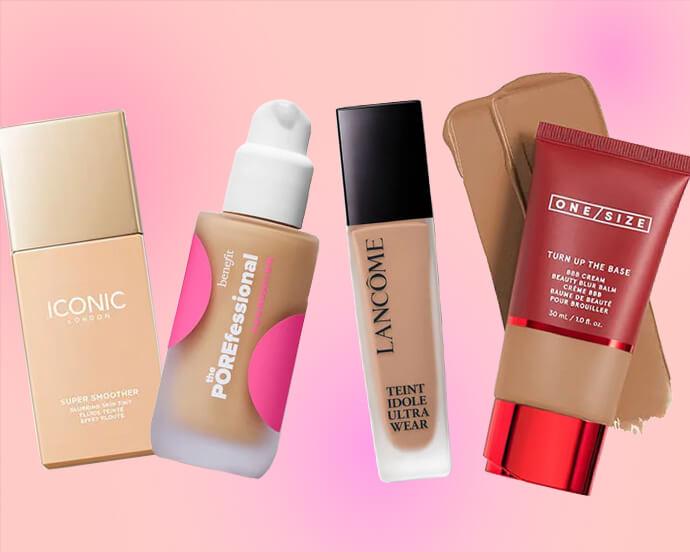
Makeup
Want an IRL Filter? These Are the Best Blurring Foundations
Published on Dec 12, 2025 • 5 min read
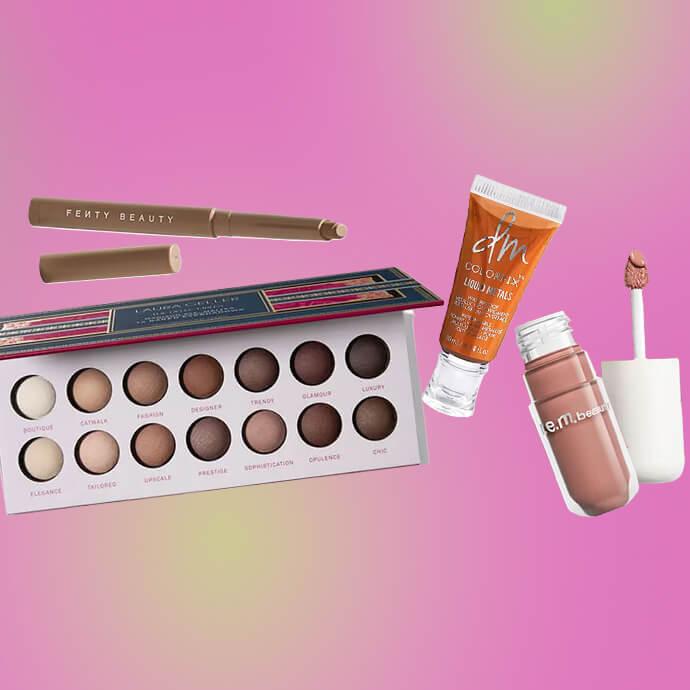
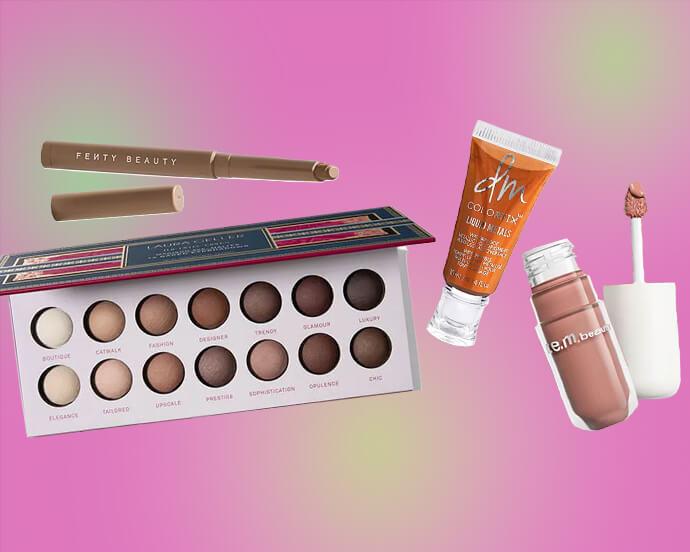
Makeup
How to Expertly Apply Eyeshadow on Mature Skin
Published on Dec 10, 2025 • 6 min read


Makeup
Makeup for Older Women That Works With Your Skin, Not Against It
Published on Dec 1, 2025 • 12 min read


Makeup
2026’s Biggest Makeup Trends Are a Maximalist Dream
Published on Dec 1, 2025 • 8 min read


Makeup
2025’s Biggest Makeup Trends: Go Big or Go Home
Published on Dec 13, 2024 • 7 min read


Makeup
16 New Year’s Eve Makeup Ideas to Fashionably Ring in 2026
Published on Nov 25, 2025 • 10 min read


Makeup
Your 2026 Beauty Horoscope Is Here—and the Stars Are Serving Looks
Published on Nov 25, 2025 • 9 min read


Makeup
Holiday Party Makeup Ideas for When You Want to Go Full Festive
Published on Nov 24, 2025 • 9 min read


Beauty Picked Just for You
Get 5 products worth up to $70
Plus exclusive access to epic deals up to 80% off
Starting at just $14/month. Cancel anytime.